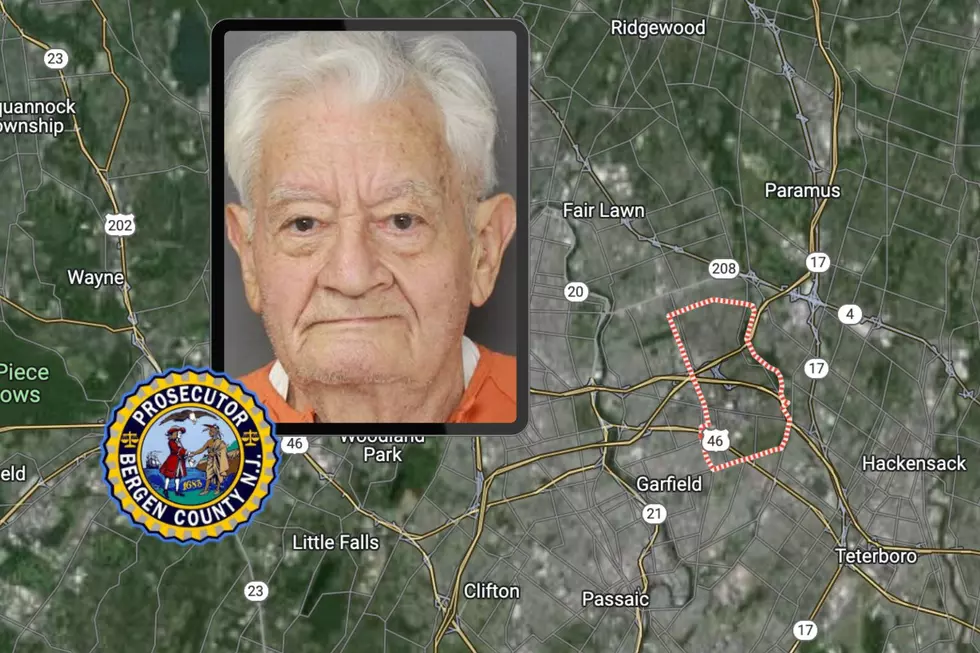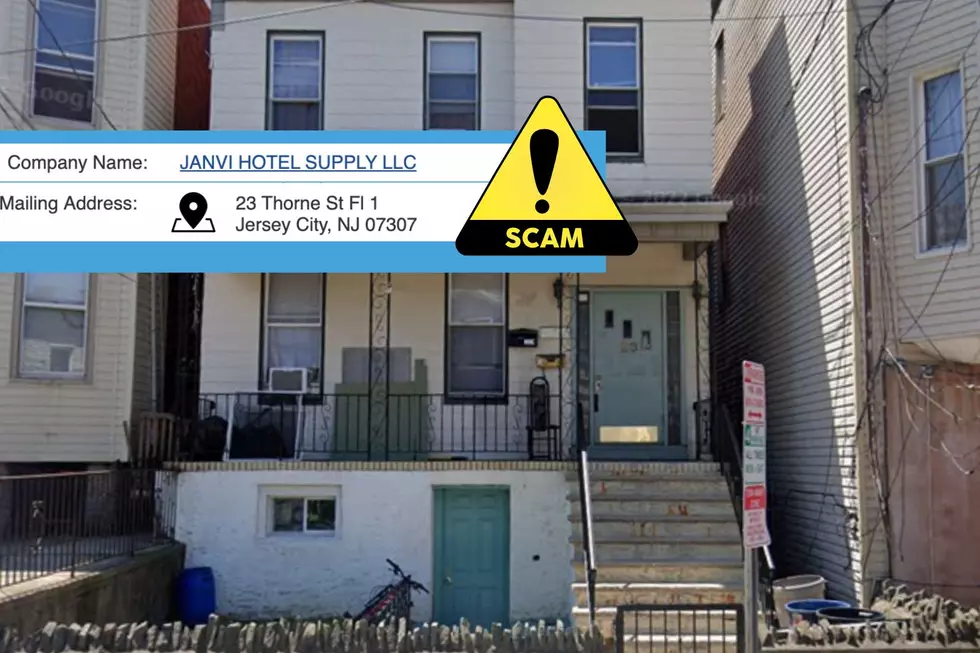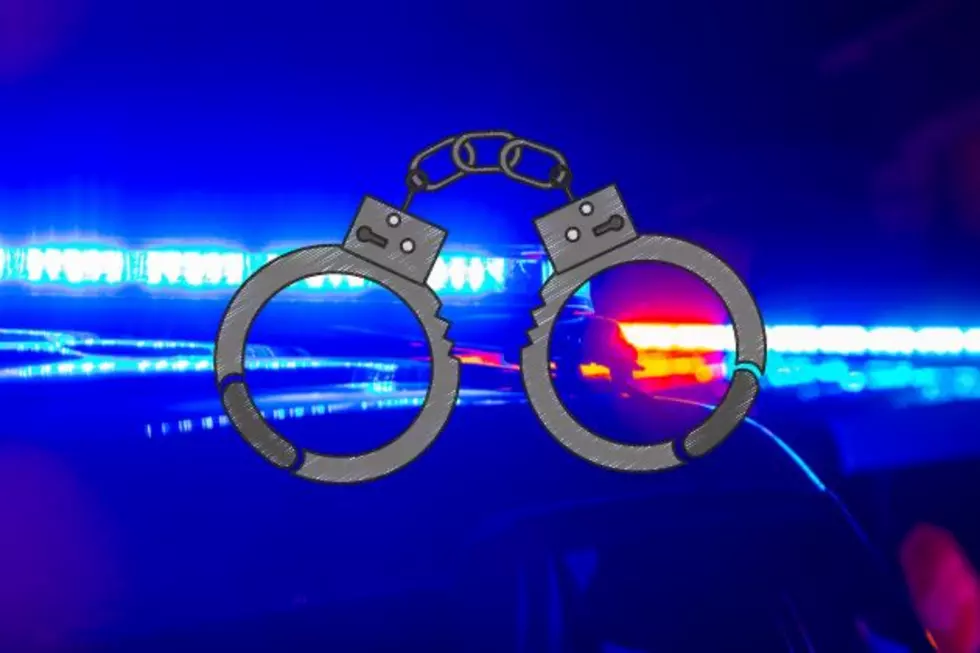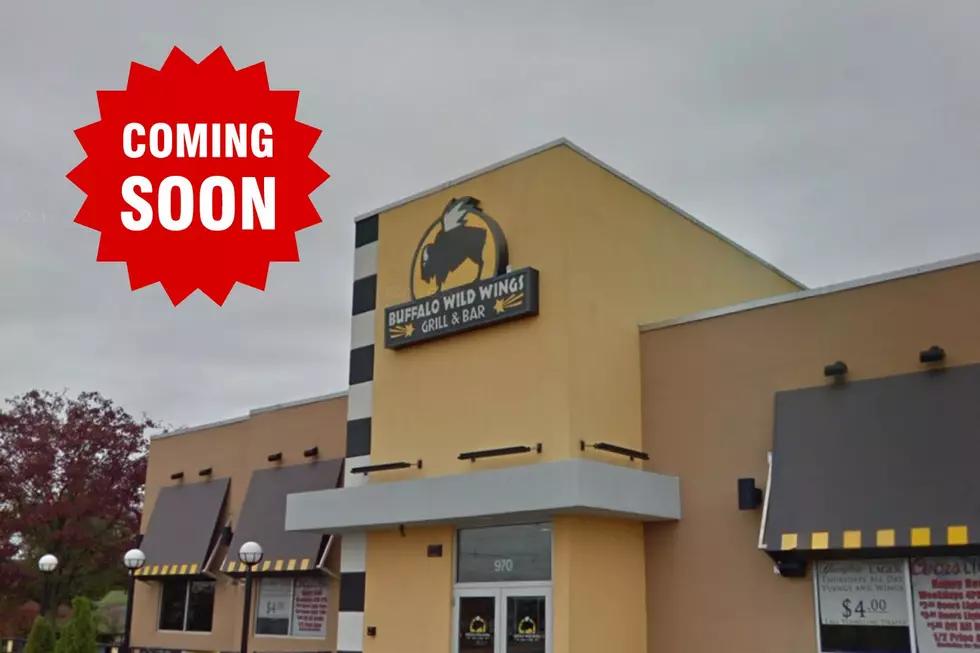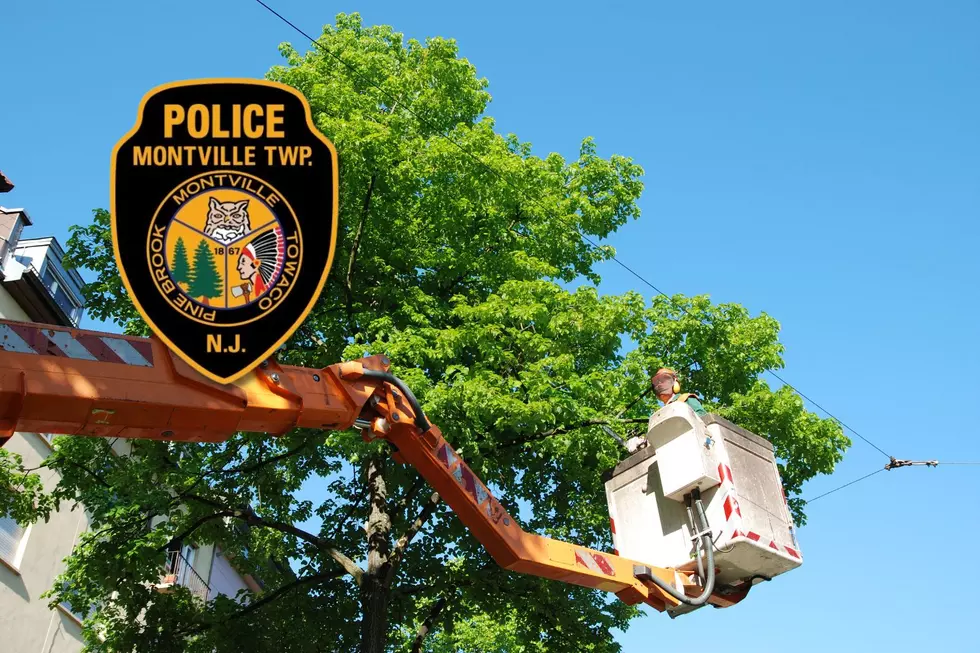Did wild, wrong-way police chase in NJ put lives in danger? (VIDEO)
What's clear: An alleged murderer is behind bars. And after David Campos led police through a wild 30-mile chase through New York and New Jersey that ended with gridlock on the New Jersey Turnpike, no one else was hurt.
But what's less clear: Whether the police chasing him — speeding in and out of heavy traffic and, in one stretch, heading into oncoming traffic — put more lives in danger in the pursuit, and whether they violated state rules meant to keep the public safe.
"One one end of it, they caught the guy," Theodore J. Romankow, former Union County Prosecutor, told New Jersey 101.5 by phone Thursday. "On the other end, they endangered the public and they endangered themselves."
Romankow — now an attorney with Javerbaum Wurgaft Hicks Kahn Wikstrom & Sinins — was asked by New Jersey 101.5 to review dashcam footage from the Nov. 23 chase, released by the Palisades Interstate Parkway Police Department after a public records request.
PIPPD Chief Michael Coppola, reached by New Jersey 101.5 this week, wouldn't answer questions about whether the pursuit was in accordance with state policy.
"What does it matter, if no one was hurt?" he said. "You tell me, what does it matter?"
He said questions about the pursuit suggested a "witch hunt" and said New Jersey 101.5 could file a complaint seeking an internal investigation if it so chose.
According to the PIPPD, New York State Police were already pursuing David Campos — accused of murdering his ex-girlfriend in Troy, N.Y. earlier that morning — after an NY State Trooper's automatic license plate reader picked up Campos' black Chrysler 200 on the New York State Thruway at about 9:40 a.m.
The chase continued into New Jersey, and several Parkway officers pursued. Dashcam videos from Officers Donald Liu and Timothy Conboy are seen here. According to the PIPPD, six of its officers were involved in the pursuit — it's not immediately clear why more videos weren't released, though the PIPPD didn't specify if multiple officers were in each vehicle.
In the videos, Campos is first seen driving south on the Palisades Interstate Parkway, weaving in and out of traffic at speeds somewhere under 90 miles per hour.
It's what happens when Campos hits the Englewood Cliffs section of the highway that concerns Romankow the most. Campos crosses into the highway's northbound lanes and drives into oncoming traffic at about 50 miles per hour, ducking vehicles as they come toward him. Police continue their pursuit through that as well.
The New Jersey Attorney General's Office's Vehicular Pursuit Policy — which applies to the Palisades Interstate Parkway police when they're operating in New Jersey — states no vehicular pursuits will be conducted "in a direction opposite to the flow of traffic on a divided highway."
Romankow said it's lucky that, as police lights were flashing, most motorists heading northbound on the highway pulled aside to get out of the way.
"But I don't think they should get the benefit of that luck, just because the lights were on and it worked out," he said.
Campos returned to the right side of the road as he existed the highway onto Fletcher Avenue in Fort Lee. The chase continued onto Route 1 and 9 southbound, and then the New Jersey Turnpike. As surrounding traffic became more sparse, the speed of the chase picked up — a description by the northjersey.com says it hit as much as 110 mph — before Campos and the police hit heavy traffic near Exit 18E in Secaucus.
Eventually, it's the traffic jam itself that stopped the chase. Several officers surrounded Campos' car and apprehended him. According to Palisades Interstate Parkway Police, other law enforcement agencies assisted in the arrest. New Jersey State Police acknowledged being among them, but referred questions to the PIPPD as the lead agency on the bust. It's not immediately clear if there were others as well.
The vehicular pursuit policy asks police to weigh several factors when initiating or continuing a chase. Among them is the seriousness of the crime — and a first-degree offense such as murder certainly qualifies. It also asks police to consider the road conditions, the nature of the area, the amount of traffic, and the threat a chase might present to the public.
Police are further asked to consider whether a suspect's identity is known, and whether law enforcement might reasonably be expected to catch up with the suspect later.
Officers are told to break off a pursuit, according to the policy, "if there is a clear and unreasonable danger to the police officer or the public."
Romankow said he doesn't understand why in the 30-mile, 20-minute chase, police didn't break off and call in a state police helicopter. The length of the chase gave the PIPPD plenty of time to make that request, he said. If they did so, it's not reflected in a description of the pursuit by the PIPPD.
"We used to track people all the time, at night," he said. "We'd follow people through Newark into Irvington, with a helicopter, and never lost track of someone once. That would have been the easy way to do it."
Romankow said the speed in heavy traffic might be some cause for concern, "but to me, to cross over into the other lane of traffic, that's what's really excessive."
"I don't like to be critical when they catch someone who's accused of a homicide, but on the other hand, people could have been seriously injured or even killed but for the grace of God on this one," Romankow said. "As much as we don't like to suggest the police officer is wrong in this kind of a case, to me, it looks like they violated the AG guidelines."
Attorney General's Office spokesman Peter Aseltine said he couldn't comment on how the vehicular pursuit policy should be interpreted, generally or specifically in regard to the Nov. 23 chase.
New Jersey 101.5 has requested copies of reports police are required to file after a vehicular pursuit and is awaiting a response. New Jersey 101.5 is also awaiting replies from other former law enforcement and legal experts on the chase.
More From New Jersey 101.5 FM


